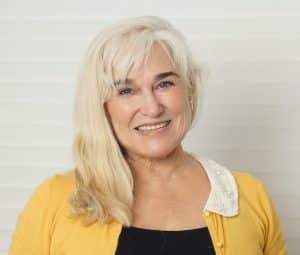
From grassroots initiatives to global recognition, Anthea Rossouw champions a future where communities and the environment flourish together. For over 30 years, she has challenged conventional business models, pioneering inclusive and responsible practices that drive sustainable community development. Recognising tourism as a powerful economic tool, Anthea has transformed traditional tourism models to ensure benefits flow directly to local communities. Her approach prioritizes entrepreneurship, job creation, and self-sufficiency over short-term handouts, fostering long-term sustainability and dignity.
Inspired by Nelson Mandela’s call to work “for a better life for all” and guided by the United Nations Sustainable Development Goals, Anthea is globally recognised for her contributions to socio-economic development and environmental protection. Revered locally and internationally, her work continues to inspire.
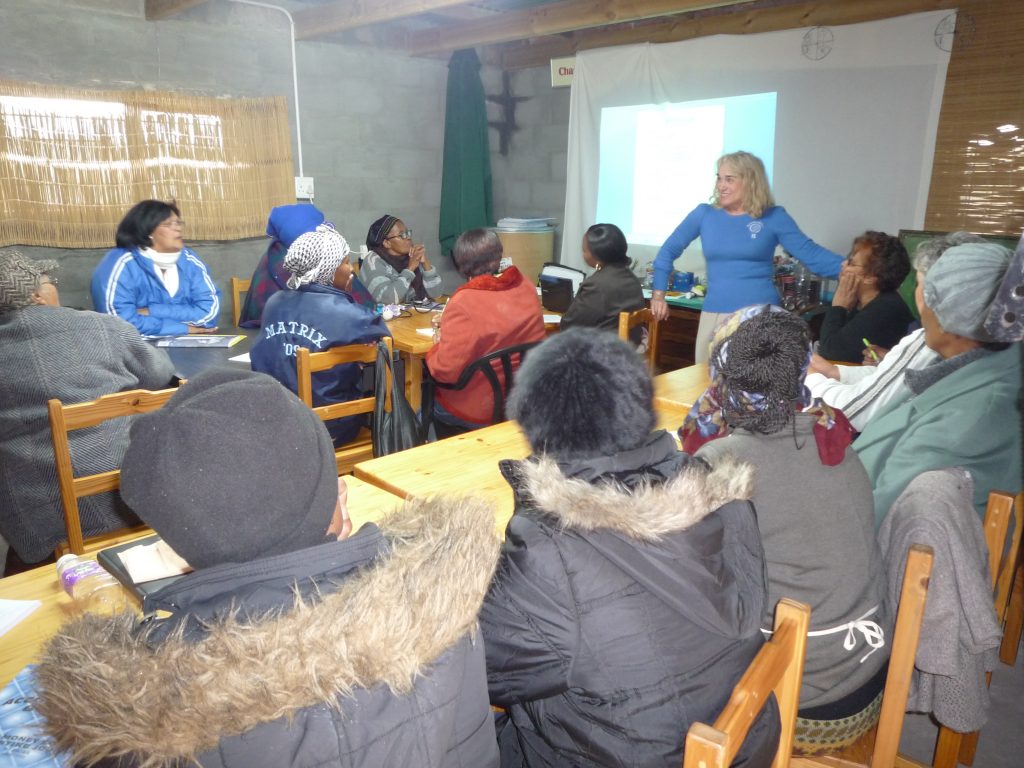
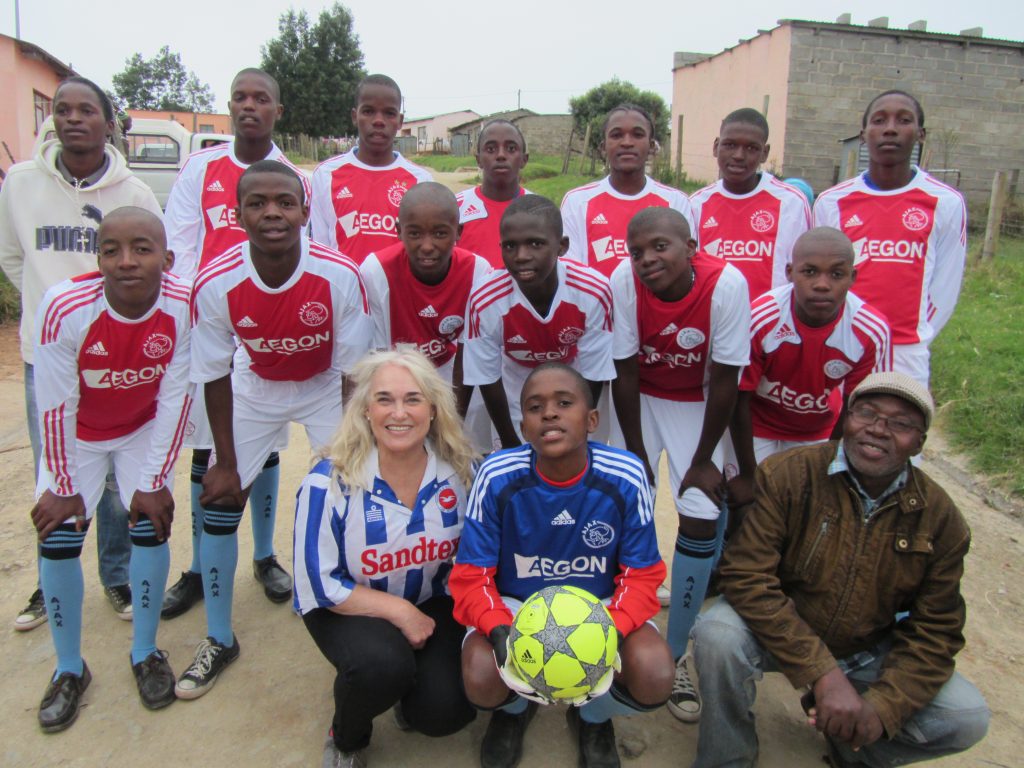
“Globally we find ourselves at a tipping point in terms of quality of life for people and our planet. Progress means moving beyond strategy and postulation. Best intentions can develop the most impressive policy, theory, plans, project or structures - reality shows they are meaningless without implementation. If change is the goal, you need the people, as ultimate custodians of their local environments, to make it work for the greater good of society. To do the right thing for inclusive socio-economic growth in South Africa, means challenging the status quo, because it is the right thing to do. It is time to forget the ‘Pie in the Sky’ stuff and ‘Go Truly Local’ to innovate for sustainable futures. Turning ideation into innovation is exciting. I wake with a spring in my step every day to be a changemaker!".
Anthea Rossouw
Anthea’s early years were spent in the Eastern Cape, South Africa. During her childhood she moved to Oudtshoorn in the Western Cape where her father worked as a master builder and her mother a respected fashion designer and dress maker. Anthea grew up in a multicultural household shaped by the values of justice, empathy, and equality instilled by her parents. From excelling in hockey to coaching and refereeing in later years, Anthea’s commitment to teamwork and mentorship began early.
In 1986, Anthea Rossouw moved with her family to Stilbaai, a resort town near the historically disadvantaged township of Melkhoutfontein. Three years later, a chance encounter with a community leader in Melkhoutfontein set her on a lifelong mission to uplift communities and create sustainable opportunities.
Anthea was working as a dental nurse in the Stilbaai practice of her surgeon husband Hennie. Outside the local post office Anthea came across Moses Kleinhans, a Melkhoutfontein community patriarch, suffering from toothache. Anthea offered to take Moses to her husband’s dental surgery for treatment and then drove him back to Melkhoutfontein. Recognising her genuine empathy, concern, and humanity, Moses shared the encounter with his peers, who approached Anthea to assist the community. In gratitude and admiration, they gave her the moniker ‘Dreamcatcher’ (‘Droomvanger’), a name that would later inspire the organisation she founded.
Anthea subsequently collaborated on socio-economic research on Melkhoutfontein by the Human Science Research Council of South Africa. Their study from 1991 concluded Melkhoutfontein was one of the most deprived communities in the country with one of the highest levels of Tuberculosis. Based on this study, Anthea engaged with past research by Lundahl et al from 1967 and Lundahl & Kriel from 1987 which concluded over 20 years Melkhoutfontein had evolved into recurring abject poverty. Despite facing numerous social and political challenges, the community showed remarkable perseverance. Their unwavering determination inspired Anthea to resign from her full-time career and dedicate significant time to identify, innovate and implement solutions to challenges inhibiting community wellbeing and sustainable growth. To this day, Anthea continues to work as an unpaid volunteer, striving to improve quality of life and promote sustainability across township communities in South Africa—with Melkhoutfontein being no exception.
Leading community-based projects, Anthea ‘walks the talk’ to promote unity, mutual respect and understanding. Engaging locally from project inception, participant recruitment, planning, implementation, completion and day-to-day operations, she provides ongoing support. Her approach is to collaborate hands-on in communities over a protracted period to ensure sustainability.
Earning the respect of communities both in South Africa and beyond, she mobilises and inspires project participants to be the change makers where they live through practical implementation of her outcomes based ‘Go Truly Local’ ™ models, and researches the impact.
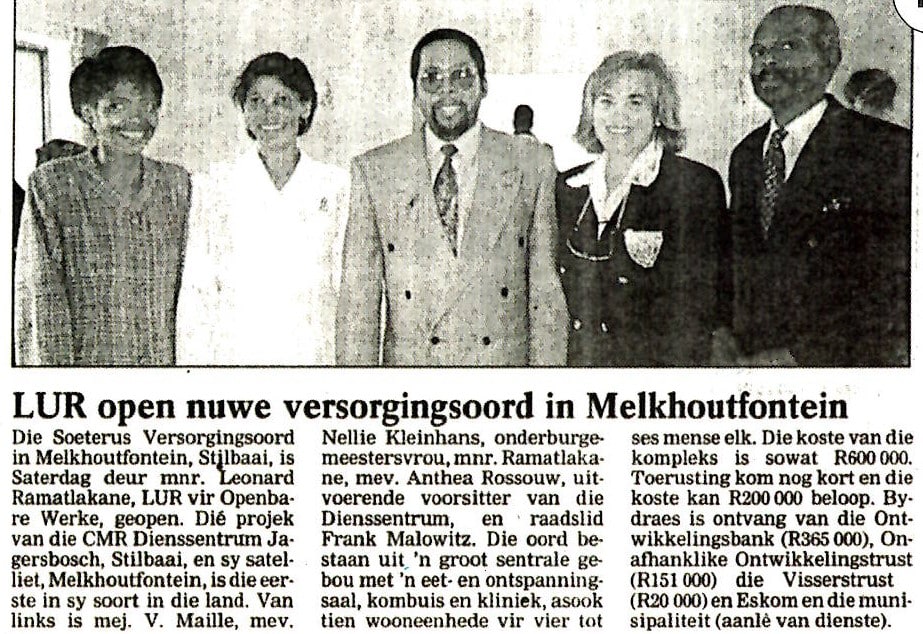
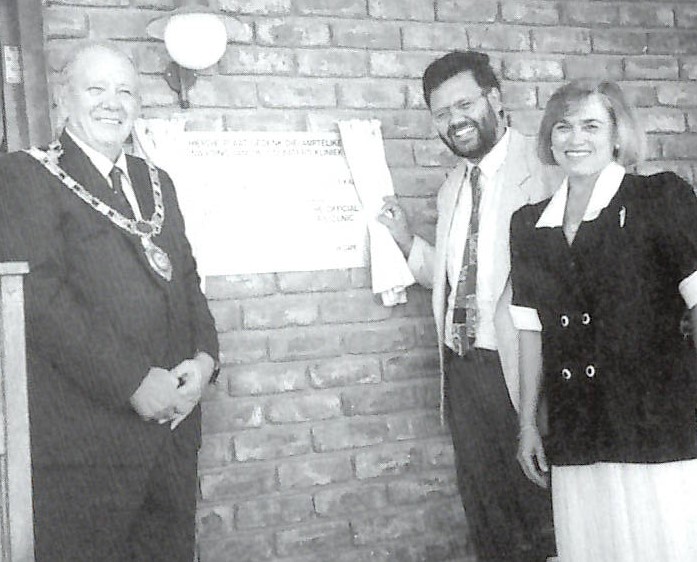
Before founding Dreamcatcher, Anthea was deeply involved in community well-being. In Stilbaai, alongside Gideon van der Kolf, she played a pivotal role in establishing the Jagersbosch Community Care Centre in 1987, serving ageing residents and those with physical challenges. The Centre aimed to improve quality of life by providing home care services, filling a crucial gap in support for the elderly in the popular holiday town.
The project included the restoration of the historically important and abandoned Jagersbosch Homestead—the epicentre of the Care Centre—and the adjacent Wagon House. Securing access to the land from Stilbaai municipality and mobilising skilled Stilbaai residents and members of Jagersbosch, Anthea helped restore the buildings to their former glory, structures that remain in use today. Civil engineer Roland Rudd was instrumental in the redevelopment, while leadership roles rotated through Gideon van der Kolf, Vicky Du Preez, and Christie Burger. Anthea herself managed the Centre and coordinated community projects.
The success of this work led, in 1989, to Anthea being seconded by the National Department of Social Services to collaborate on the development of a new national policy for social care for the ageing.
In 1992, Anthea extended the Jagersbosch model to Melkhoutfontein, creating the township’s first care home, Soeterus (“Sweet Rest”). The project integrated a clinic, social housing, craft centre, community hall, and botanical garden. Anthea led the successful funding bid to the Development Bank of South Africa. A key feature of Soeterus was that it was predominantly built by women from Melkhoutfontein trained in construction skills. Assisting in the development were Stilbaai residents who generously offered their time and skills to help develop Soeterus. Stilbaai municipality again donated the land.
Beyond care facilities, Anthea collaborated with neighbouring communities to raise funds for schools. She harnessed her mother’s creative talents and mobilised residents across Stilbaai, Riversdale, and Heidelberg to host fashion shows paired with gourmet food events. Together with her mother and fashionista neighbour Mariaan Malherbe, Anthea mentored unemployed Melkhoutfontein school leavers, Gerty October (now Felkers) and Gayle Manho (now Kleinhans), guiding them to design award-winning clothing collections. With orders from high-end Cape Town stores, the seamstresses found meaningful work.
By 1995, the growing need for elderly housing in Stilbaai, coupled with the absence of a hospital, led residents to turn once more to Anthea. She initiated and led the Stilwaters retirement development, comprising 33 cluster houses adjacent to Jagersbosch Care Centre. The development included a medical emergency care clinic and end-of-life support services. Still operational today as Alrema, the project was realised with technical and planning support from Osmond Lange and the Stilbaai municipal planning department, who again contributed the land at low cost.

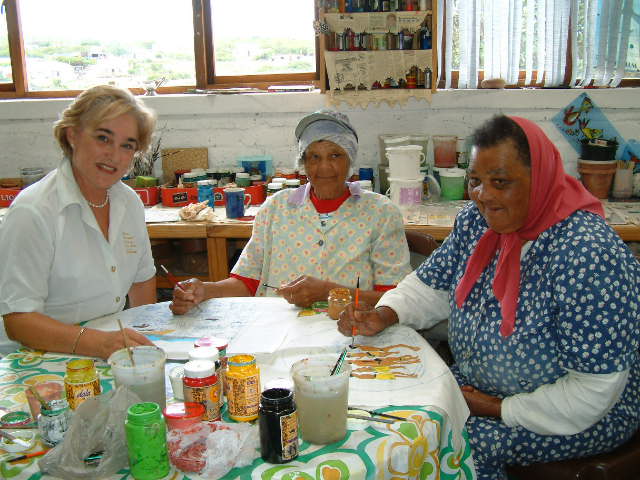
In parallel to the above Anthea was heavily involved in tourism in Stilbaai and the wider region where she chaired the Garden Route Tourism Development Committee. In 1992 Anthea co-founded and managed the Stilbaai Publicity Association, establishing the official Tourism Bureau in Stilbaai in the historical Palinggat Homestead. This became the first tourist information bureau to receive accredited status in the Western Cape – the accreditation handed to the Centre by the then tourism Minister of Western Cape, Lampie Fick.
Anthea was becoming increasingly concerned with the limited tourism offerings in South Africa and the lack of benefit filtering down to local communities. Mainstream tourism itineraries and travel routes focused on a few tourism ‘hotspots’ which dominated the sector. Anthea recognised that concentrating too many tourists in the same place at the same time could harm the destination, strain the environment (in particular due to the poor waste management infrastructure), and diminish the experience for visitors—and, most importantly, for the local communities themselves. Today, this phenomenon is widely acknowledged as “over-tourism.” Her vision was to drive a pathway to more inclusive tourism focusing on diversity, people, their heritage and nature where they live. Moreover, for the sustainable future of the environment and people, she believes that locals, as the ultimate custodians, should be included and benefit from tourism offerings.
Anthea’s vision for tourism focuses on inclusive, sustainable, and locally-driven experiences. Examples of initiatives led by Anthea to realise this vision, captured in the film ‘A Brave, Brand New World of Social Justice’ include:
"A lot changed when Anthea arrived in Stilbaai. The socio-economic growth in the greater Stilbaai area has had a profound impact as a result".
Helene Steyn, Stilbaai legend, journalist, historian and author of 'Stilbaai'
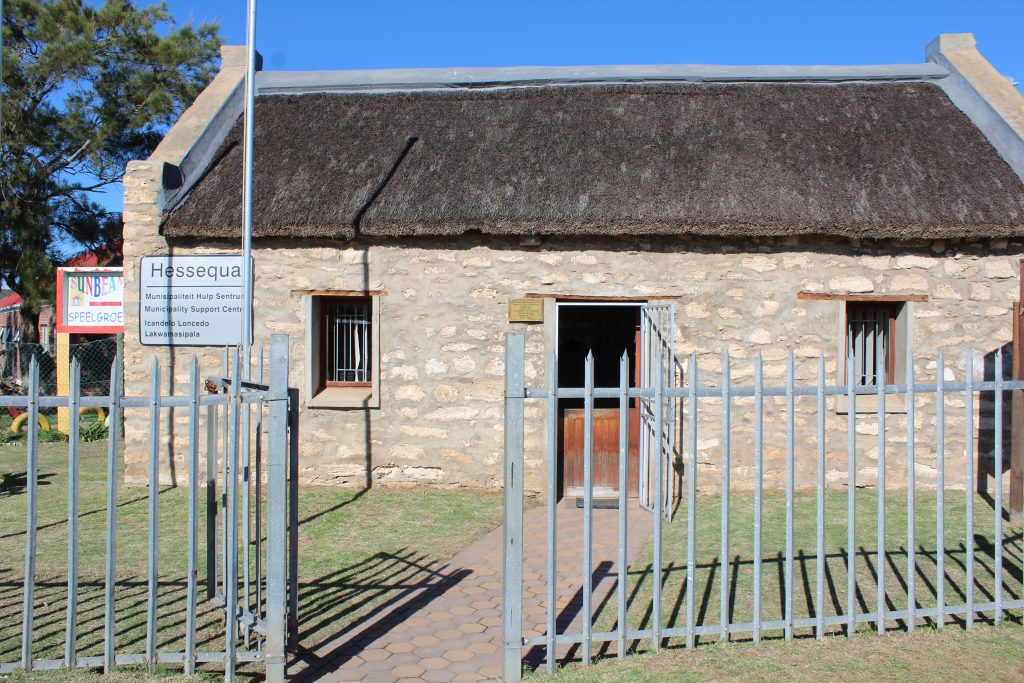
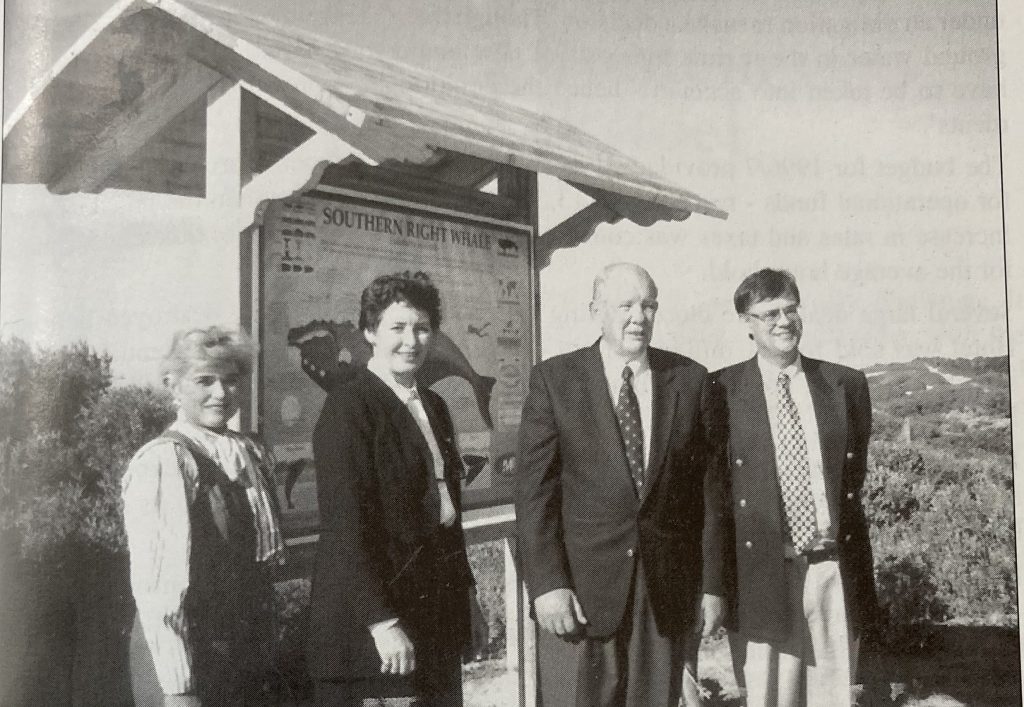
Due to the pioneering work in communities and tourism, Anthea was nominated to the Western Cape Tourism Board where she served as Chairperson on the Tourism Marketing Committee. She was also nominated to the National South African Tourism Board where she served as Chairperson of the Transformation Marketing Committee. Leaving the Stilbaai Tourism Bureau behind in good hands, Anthea spent the next 4 years serving on the Western Cape and National Tourism Boards. This included leading multiple tourism teams to market South Africa in USA, Canada, and throughout Europe. Other responsibilities were to identify gaps in tourism provision, developing marketing opportunities, researching how South African tourism was being presented to the market, and learning from international good practice.
Anthea’s motivation for serving on these platforms was to implement her vision, set out above, of growing tourism responsibly and sustainably through transitioning South Africa’s exclusionary tourism offering. Despite her best efforts she was met with resistance to change with most of the sector having a vested interest in maintaining the status quo.
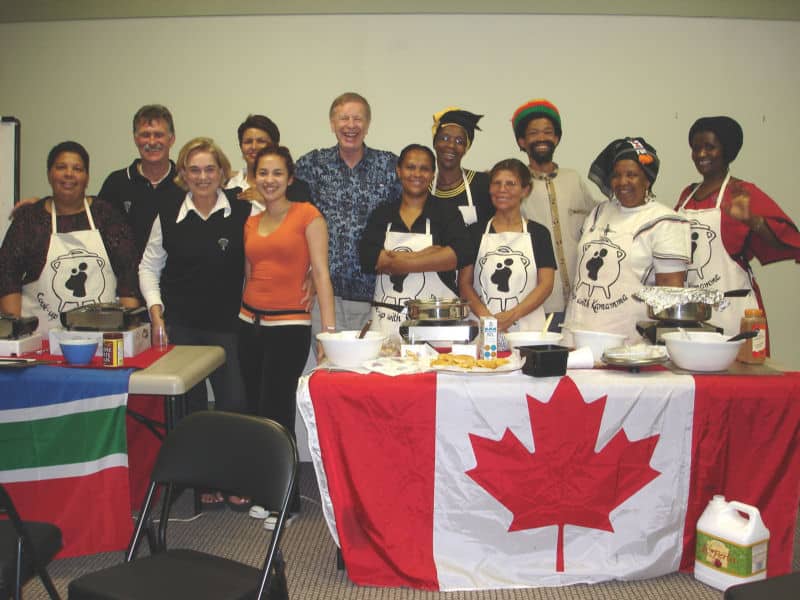
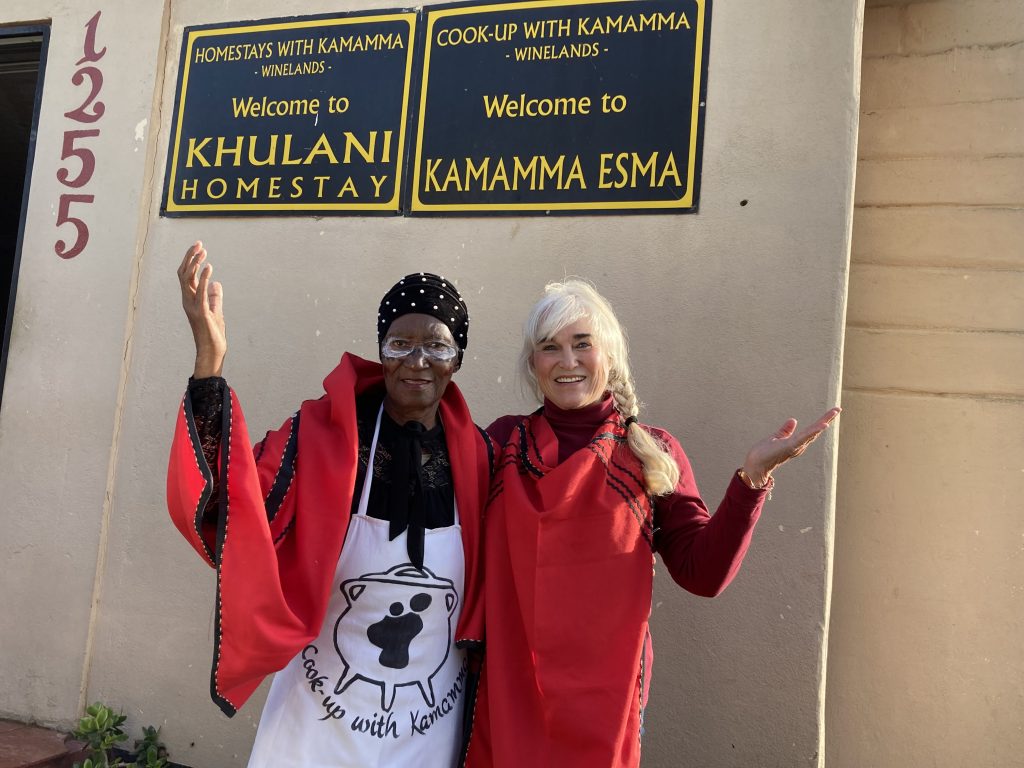
By the end of Anthea’s tenure on these boards, frustrated with the lack of commitment to adopt and realise her vision of inclusive tourism based on sustainability principles, she went truly local once more to work and collaborate with communities.
Not finding a suitable pluralistic model which would serve the purpose of inclusive and fair tourism growth, Anthea researched the barriers inhibiting sustainable enterprise and tourism development in townships across the country. Key barriers were recurring poverty, inadequate education, lack of purposed skills, access to growth-sector industries, startup funds, and poor environmental quality. Simultaneous to her research, the 2000 United Nations Millennium Development Goals were released. Not finding a workable model for South Africa’s context, she integrated the Millennium Development Goals with her research outcomes to guide the development and implementation of her ‘Go Truly Local’ ™ models.
Over the ensuing years, to empower outcomes-based tourism enterprise, she mobilised predominantly, yet not exclusively women and youth living in South African communities, to work together to develop tourism experiences and services across the country. As the vehicle to implement her vision, Anthea initially set up ‘Brave New World’ her own communication and social change practice– which transitioned into Dreamcatcher South Africa NPC.
You can find out more about the founding of Dreamcatcher from Our Story plus details of the current ‘Go Truly Local’ ™ and sustainability projects Anthea spearheads.
Anthea’s approach is internationally recognised, included by the United Nations, where she was invited to present at the Africa Youth in Tourism/United Nations World Travel Organisation Conference. Her model features in multiple publication for example the Handbook on Niche Tourism which features international good practice.
"Anthea - you should be cloned. You are 25 years ahead of inclusive tourism development in South Africa".
Derek Hanekom, South Africa National Tourism Minister (2018-19)
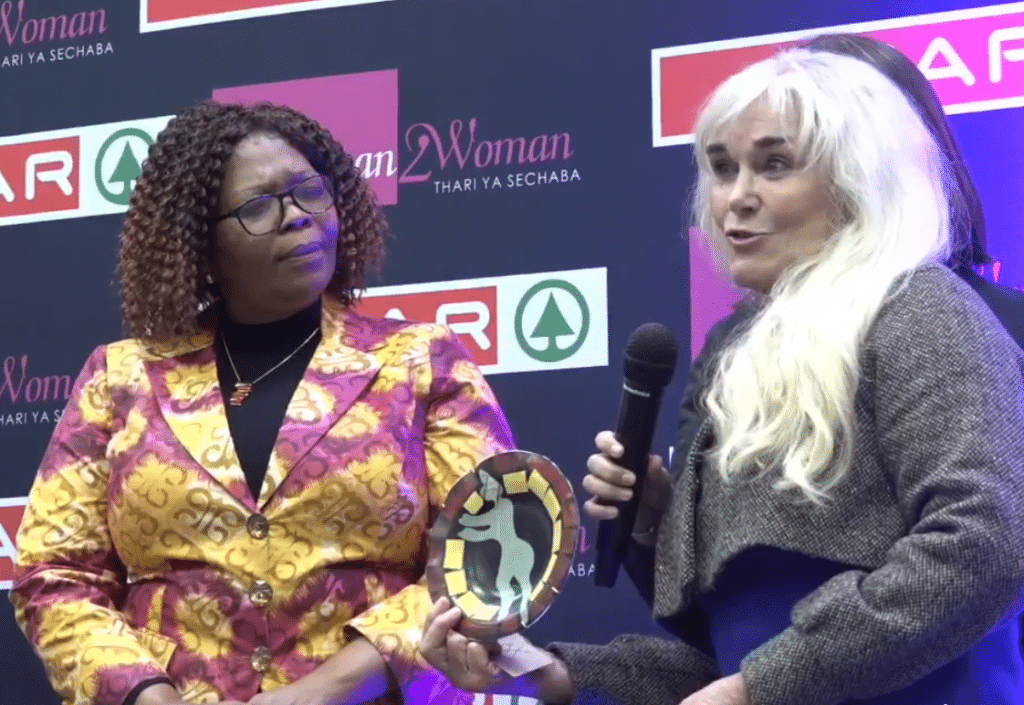
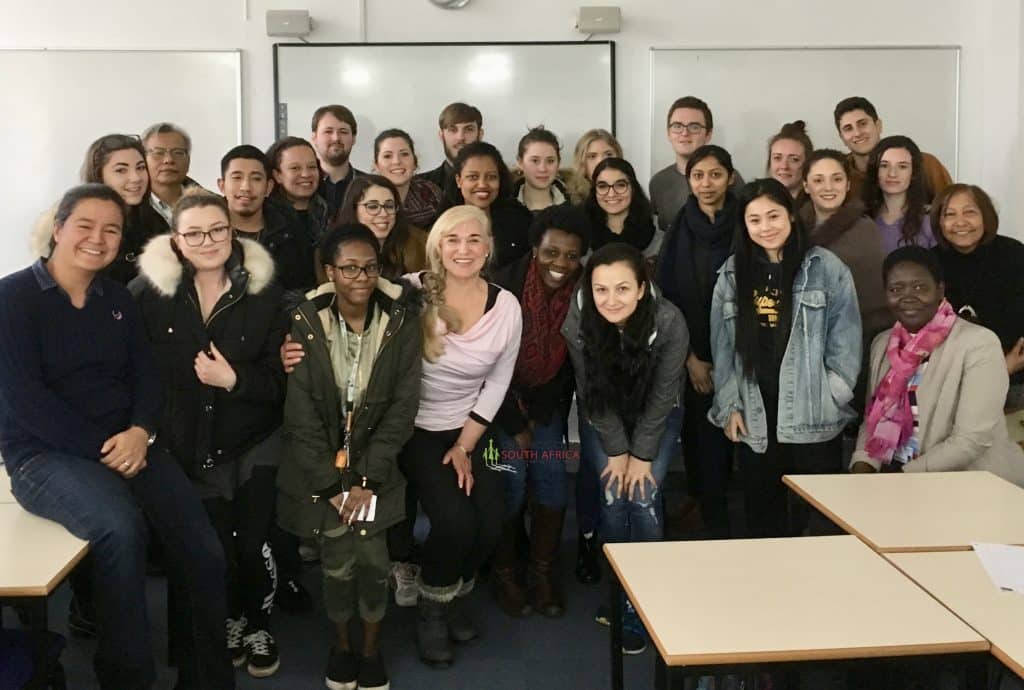
Anthea splits her time between South Africa and United Kingdom – in the latter she has worked on numerous environmental and community projects including:
Anthea and Dreamcatcher South Africa are internationally recognised for their innovative and pioneering work. Individual accolades for Anthea include: